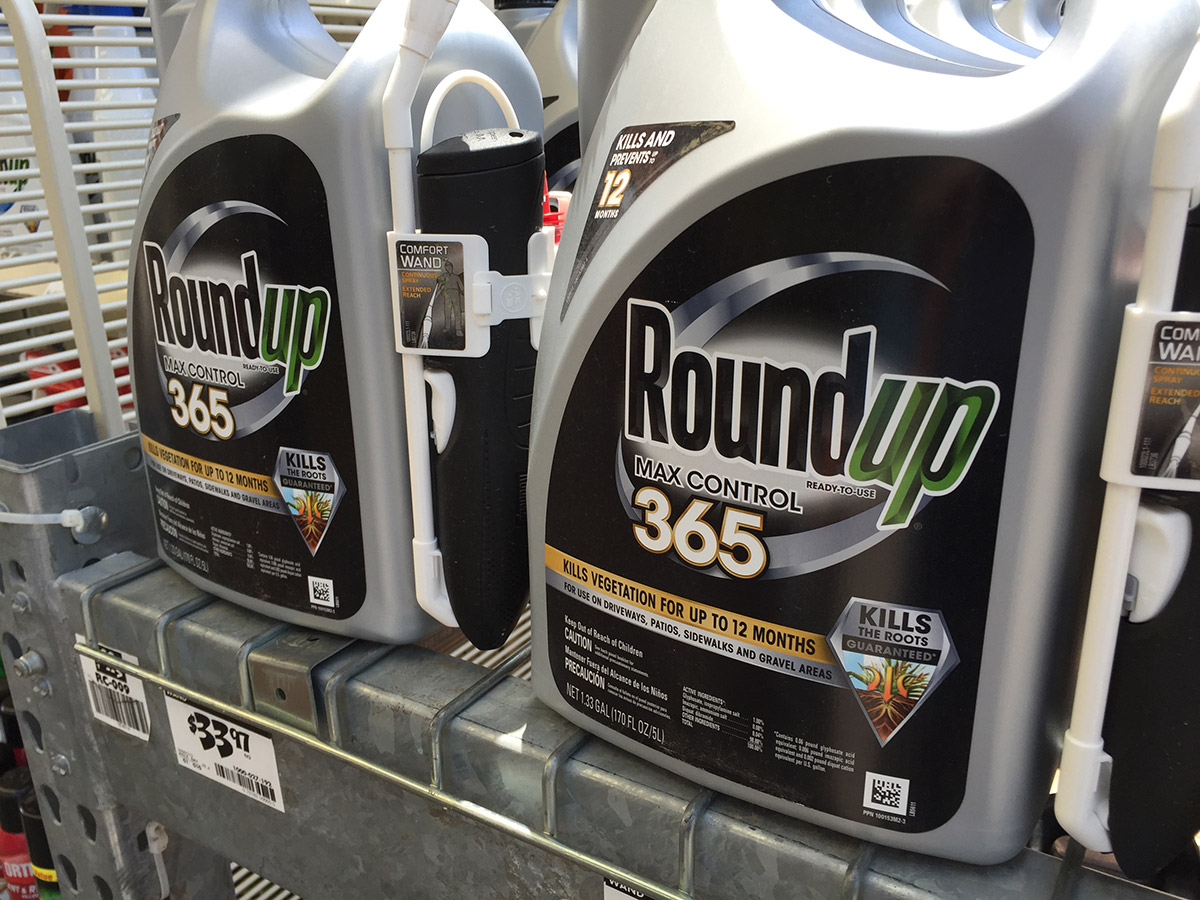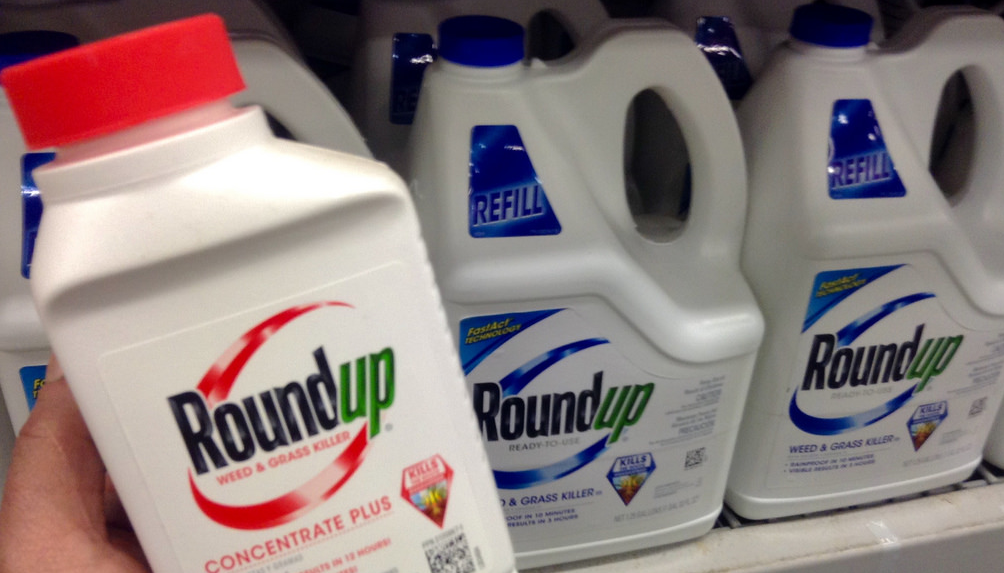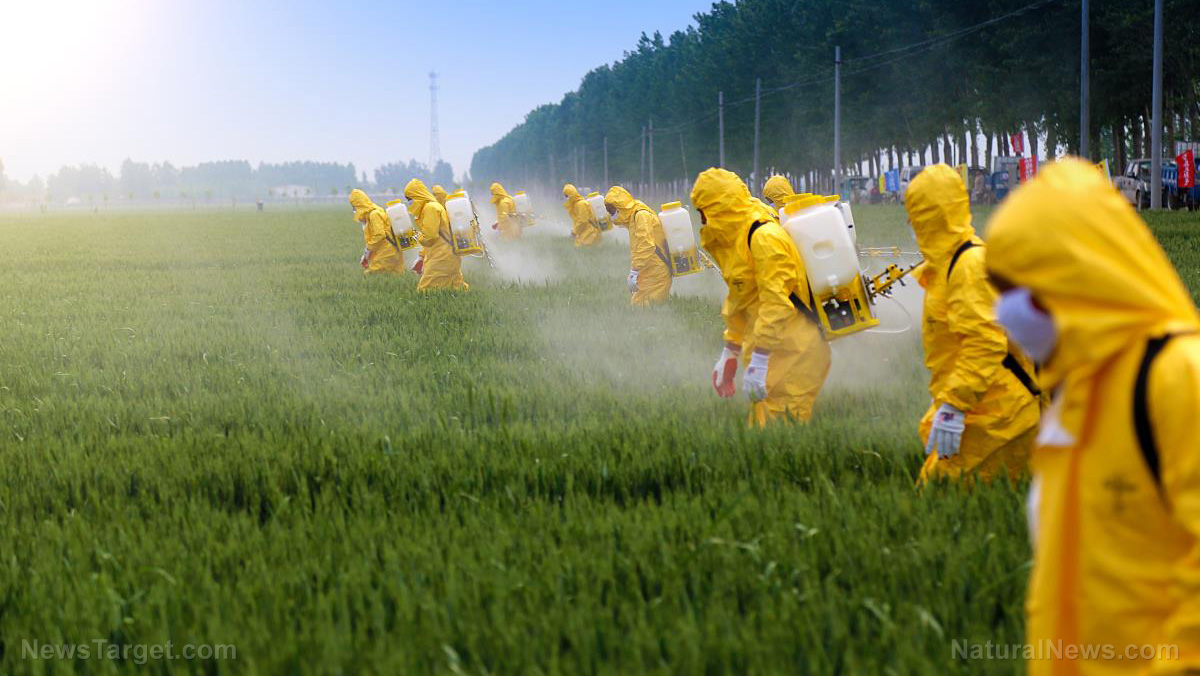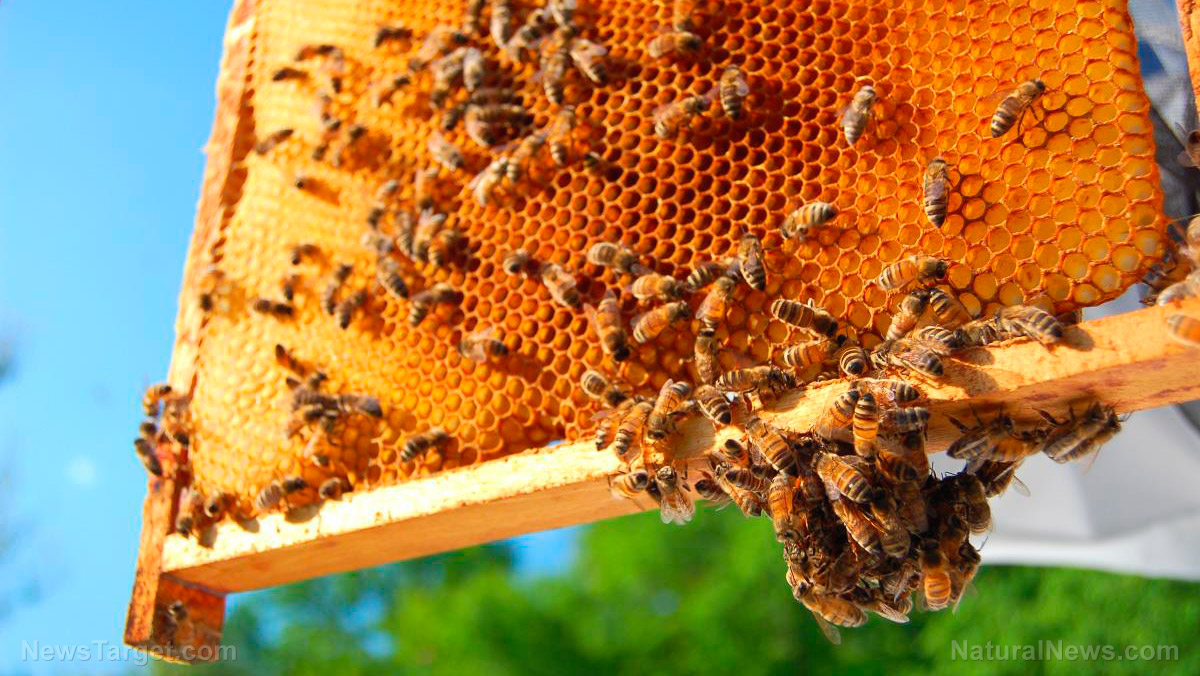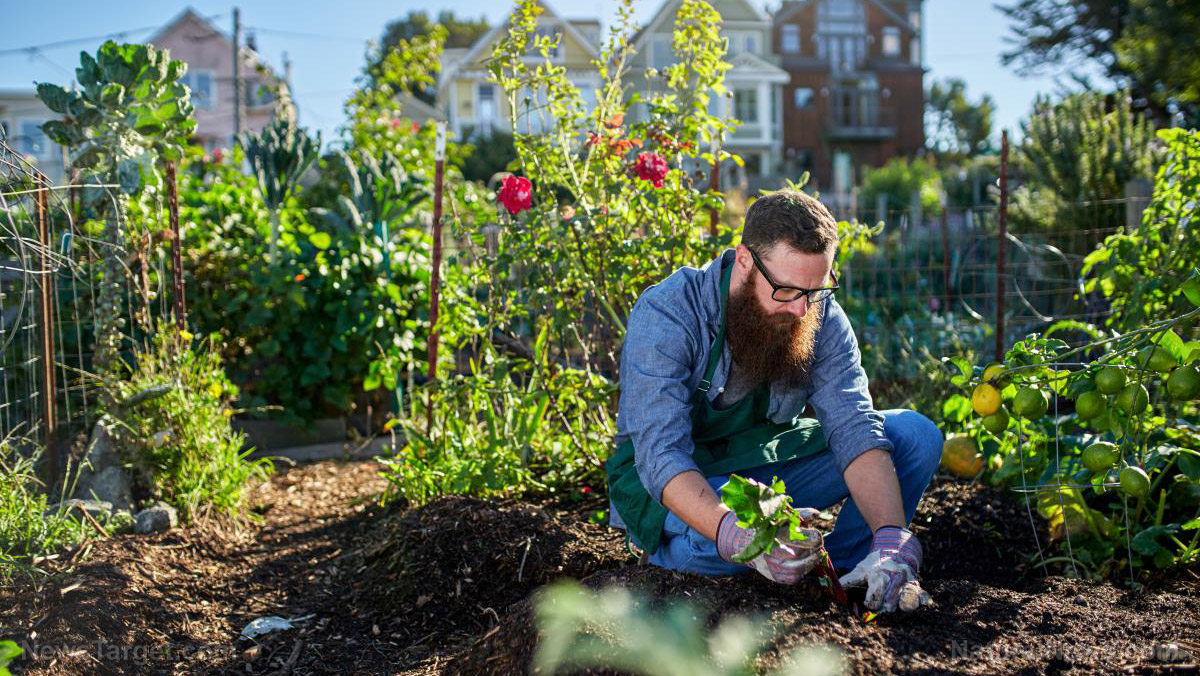LAWSUIT: Monsanto hid the truth about glyphosate and cancer
05/24/2018 / By Vicki Batts
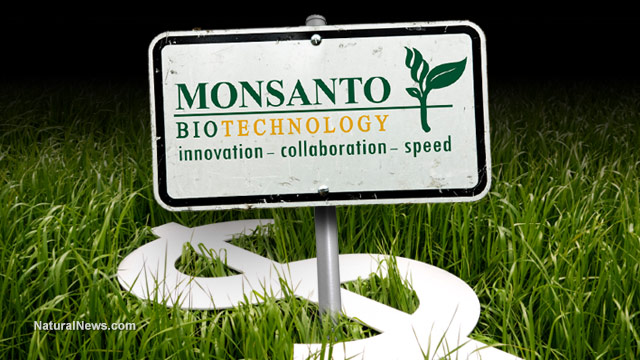
For the first time ever, the world’s most evil corporation may finally have to face up to their crimes in court. On June 18, 2018, one man will take Monsanto head-on, alleging that the company has been hiding the cancer-causing potential of Roundup for decades. Dewayne Johnson, a 48-year-old man from California is brave enough to fight cancer and Monsanto at the same time. Doctors say Johnson has just a few short months left to live, but his drive to make sure Monsanto pays for the toxin they’ve spread across the word is going to be hard to beat.
And now, his case against the biotech giant just got another helping hand; Judge Curtis Karnow issued an order last week that will allow jurors to not just consider evidence regarding what caused Johnson’s cancer — but also evidence that shows Monsanto’s been hiding the truth about glyphosate’s potential to cause harm.
“The internal correspondence noted by Johnson could support a jury finding that Monsanto has long been aware of the risk that its glyphosate-based herbicides are carcinogenic … but has continuously sought to influence the scientific literature to prevent its internal concerns from reaching the public sphere and to bolster its defenses in products liability actions. Thus there are triable issues of material fact,” Karnow reportedly stated.
The Guardian notes that some 4,000 plaintiffs have launched suits against the company similar to Johnson’s; they say that exposure to Roundup caused them (or their loved ones) to develop non-Hodgkin’s lymphoma. In St. Louis, Missouri, another trial is scheduled to take place in October.
In addition to laying the blame of cancer caused by Roundup exposure squarely at Monsanto’s feet, the lawsuits allege that the corporate behemoth knew about their product’s toxicity — and actively suppressed this information, from both regulators and the public. A corporation would hide information to protect their profits? For shame! Perhaps this is why U.S. regulatory agencies shouldn’t rely on manufacturer-backed studies for assessing product safety.
An increasing number of studies have shown that glyphosate — the active ingredient in Roundup — is carcinogenic. Even the World Health Organization’s International Agency for Research on Cancer has concluded that glyphosate is a probable carcinogen, and yet, Monsanto’s assurances that their product is safe have remained enough to be law of the land. What kind of word are we living in, where corporations get final say instead of science?
In fact, its worse than previously thought
Recent research has shown that it’s not just glyphosate that’s the problem; the entire Roundup formulation is toxic. As reported, The U.S. National Toxicology Program (NTP) recently conducted its first-ever analysis of herbicide formulations that include glyphosate and other chemicals — and found that glyphosate becomes even more toxic when combined with other ingredients.
As Johnson’s lawsuit alleges, Monsanto has “championed falsified data and attacked legitimate studies” that unveiled the potential threat posed by its herbicides, and engaged in a “prolonged campaign of misinformation” to trick regulatory agencies and the general public into believing their products are safe.
Monsanto, of course, has vehemently denied the allegations and maintains that their product is safe. The biotech leviathan has even pointed to analyses led by the EPA as proof. This is ironic, given the number of whistles that have been blown regarding the EPA’s stance on glyphosate. In 2017, a lawsuit was filed against the EPA — alleging that Monsanto had “influenced” their classification of the chemical. Reports state that the EPA had enough evidence to declare glyphosate carcinogenic but ultimately chose to say it was “not likely to be carcinogenic to humans.”
That lawsuit came shortly after a shocking letter from the late Marion Copley, former EPA scientist, revealed that “moles” inside the federal agency were working to keep glyphosate in good graces — and getting paid off by Monsanto for doing so.
The Monsanto conspiracy just keeps getting bigger and more convoluted as time goes on, so stay current at Monsanto.news.
Sources for this article include:
Tagged Under:



